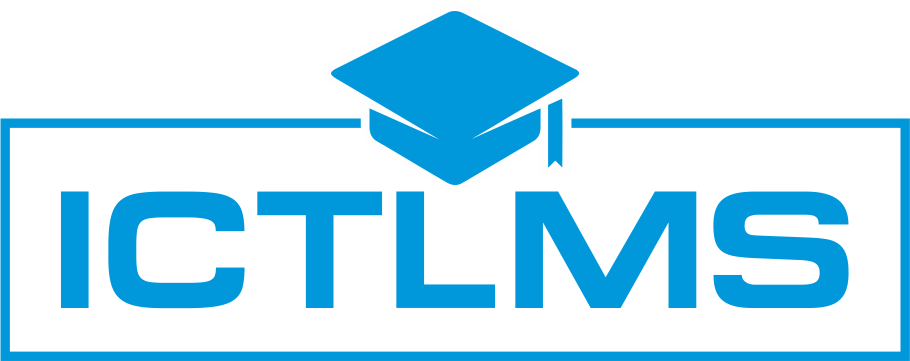Learning management systems (LMS) are software applications that help organizations deliver, track, and manage training and education. They can be used to deliver a wide variety of content, including lectures, videos, quizzes, and assessments. LMSs also typically provide features for tracking student progress, managing user roles, and reporting on training outcomes.
There are many different LMSs available on the market, each with its own strengths and weaknesses. Some factors to consider when choosing an LMS include:
- Features: The LMS should have the features you need to deliver your training content effectively. For example, if you need to deliver live online training, you’ll need an LMS that supports video conferencing.
- Cost: LMSs can range in price from free to thousands of dollars per year. It’s important to choose an LMS that fits your budget.
- Scalability: If you plan to grow your training program in the future, you’ll need an LMS that can scale with you.
- Support: The LMS should have good customer support in case you need help with any problems.
Once you’ve chosen an LMS, you’ll need to set it up and start adding content. Most LMSs make it easy to add content, and they typically provide templates and other resources to help you get started.
Once your content is added, you can start creating courses and assigning them to students. You can also track student progress, manage user roles, and generate reports on training outcomes.
LMSs can be a valuable tool for organizations of all sizes. They can help you deliver training more efficiently, track student progress, and measure the ROI of your training program.
Here are some additional benefits of using an LMS:
- Increased flexibility: LMSs allow you to deliver training online, which gives you the flexibility to train employees from anywhere.
- Improved collaboration: LMSs make it easy for employees to collaborate on training projects. They can share files, discuss topics, and answer each other’s questions.
- Reduced costs: LMSs can help you reduce the cost of training by eliminating the need for travel and classroom space.
- Improved compliance: LMSs can help you track employee training records, which can help you comply with regulatory requirements.
If you’re looking for a way to improve your training program, an LMS is a good option to consider. With an LMS, you can deliver training more efficiently, track student progress, and measure the ROI of your training program.
Here are some of the most popular LMSs on the market:
- Canvas
- Moodle
- Sakai
- Blackboard
- D2L Brightspace
- Google Classroom
- ATutor
These LMSs offer a variety of features and pricing options, so you can choose the one that’s right for your needs.
Conclusion
LMSs are a powerful tool for delivering online training and education. They can help you improve your training program by increasing flexibility, improving collaboration, reducing costs, and improving compliance. If you’re looking for a way to improve your training program, an LMS is a good option to consider.
